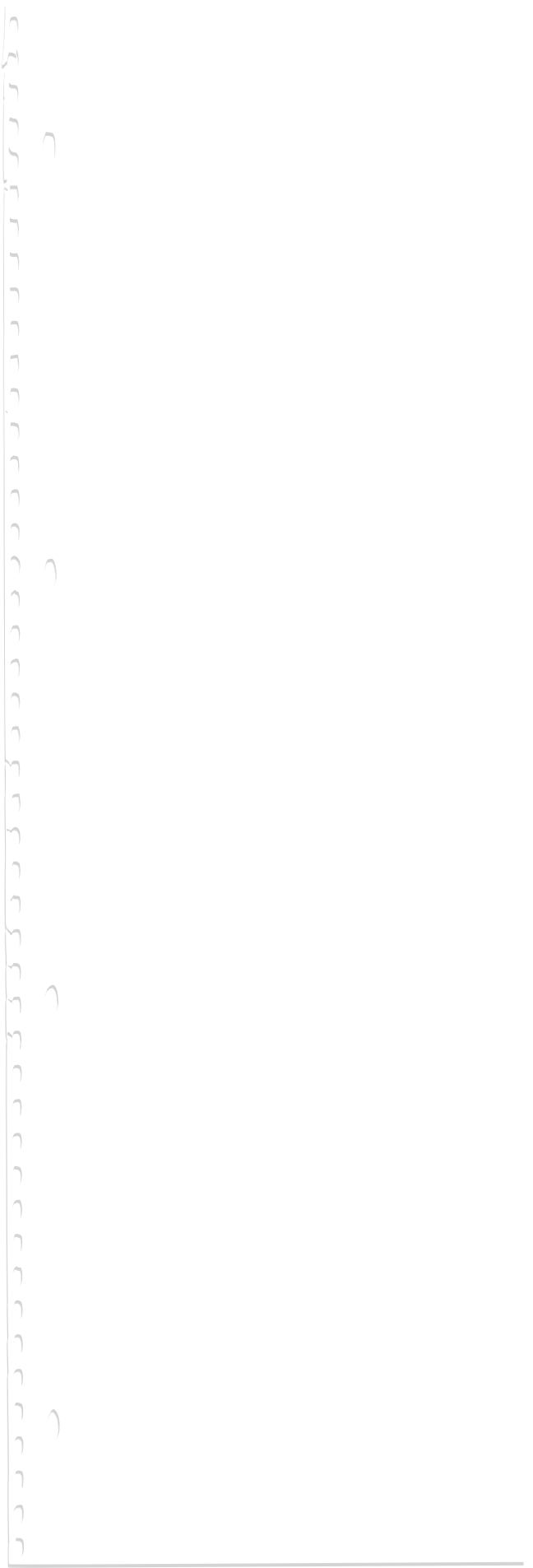

20th January 1984 |
The Ross Revenge lost her anchor, drifted onto a sandbank and Radio Caroline's transmissions were stopped because the ship had started to list dangerously. |
|
21st January 1984 |
The Ross Revenge was able to free herself from the sandbank and sail to a position in international waters near the Sunk Head Lightship. Broadcasts recommenced after a temporary anchor had been dropped and within a few days a replacement anchor was delivered to the Ross Revenge, enabling her to return to the normal position. |
|
19th April 1984 |
The first paid commercials were broadcast. |
|
May 1984 |
The arrival and initial huge success of another offshore station - |
|
12th July 1984 |
Radio Caroline started test transmissions on and additional frequency of 594kHz (505m) to try and improve the station's signal into central London, but it was not a success at night time. |
|
27th July 1984 |
Programmes were broadcast for a few days simultaneously on both frequencies. |
|
5th August 1984 |
The station moved to 576kHz (521m), which successfully provided an improvement in night time reception and throughout the autumn of 1984 Radio Caroline broadcast the same programmes 24 hours a day on both frequencies. |
|
11th December 1984 |
A split service was started between 2.00am and 6.00am each morning under the individual call signs Caroline 576kHz and Caroline International on 963kHz). |


|
1st January 1985 |
Radio Caroline hired its second transmitter to a Dutch language station, Radio Monique, which started regular broadcasts from the Ross Revenge using the 963kHz frequency. |
|
6th January 1985 |
In Force 10 gales, the Ross Revenge dragged her anchor for about two miles and transmissions had to be terminated while emergency services were alerted. |
|
11th January 1985 |
Regular programmes on both stations (Radio Caroline and Radio Monique) resumed. |
|
March 1985 |
Radio Caroline appointed American radio format specialist Lee Abrams as a consultant to advise on future programming style - |
|
1st May 1985 |
Radio Caroline introduced non- |
|
15th June 1985 |
This segment of output on 963kHz became officially known as 'Jamming 963'. The musical content of these sessions (which could last for up to three hours on days when there were no sponsored religious programmes) gradually became more formalised with an emphasis on jazz and Afro music. |
|
8th August 1985 |
The ocean going launch Dioptric Surveyor, which had been chartered by the British Department of Trade and Industry (DTI), anchored near the Ross Revenge (and the Laser 558 ship, Communicator) to keep watch on comings and goings in the vicinity - |
|
1st November 1985 |
The Dioptric Surveyor was replaced by a larger surveillance vessel, the Gardline Tracker. |
|
6th November 1985 |
After escorting the Laser 558 Communicator ship into Harwich the Gardline Tracker returned to sea and once again took up position near the Ross Revenge. The DTI mounted a number of surveillance and chase operations on pleasure boats carrying Radio Caroline fans out to see the Ross Revenge. |
|
7th November 1985 |
After Laser 558 had closed Radio Caroline re- |
|
16th November 1985 |
The Jamming 963 service was discontinued altogether and continuous Country and Western music was played between the religious tapes during the evening until the link up of both the 588kHz and 963kHz transmitters at 9.00pm. |
|
19th November 1985 |
Shortwave test transmissions took place from the Ross Revenge in preparation for a ‘world service’. |
|
13th December 1985 |
The DTI suddenly announced that "surveillance of the pirate radio stations in the North Sea is to end." |

















